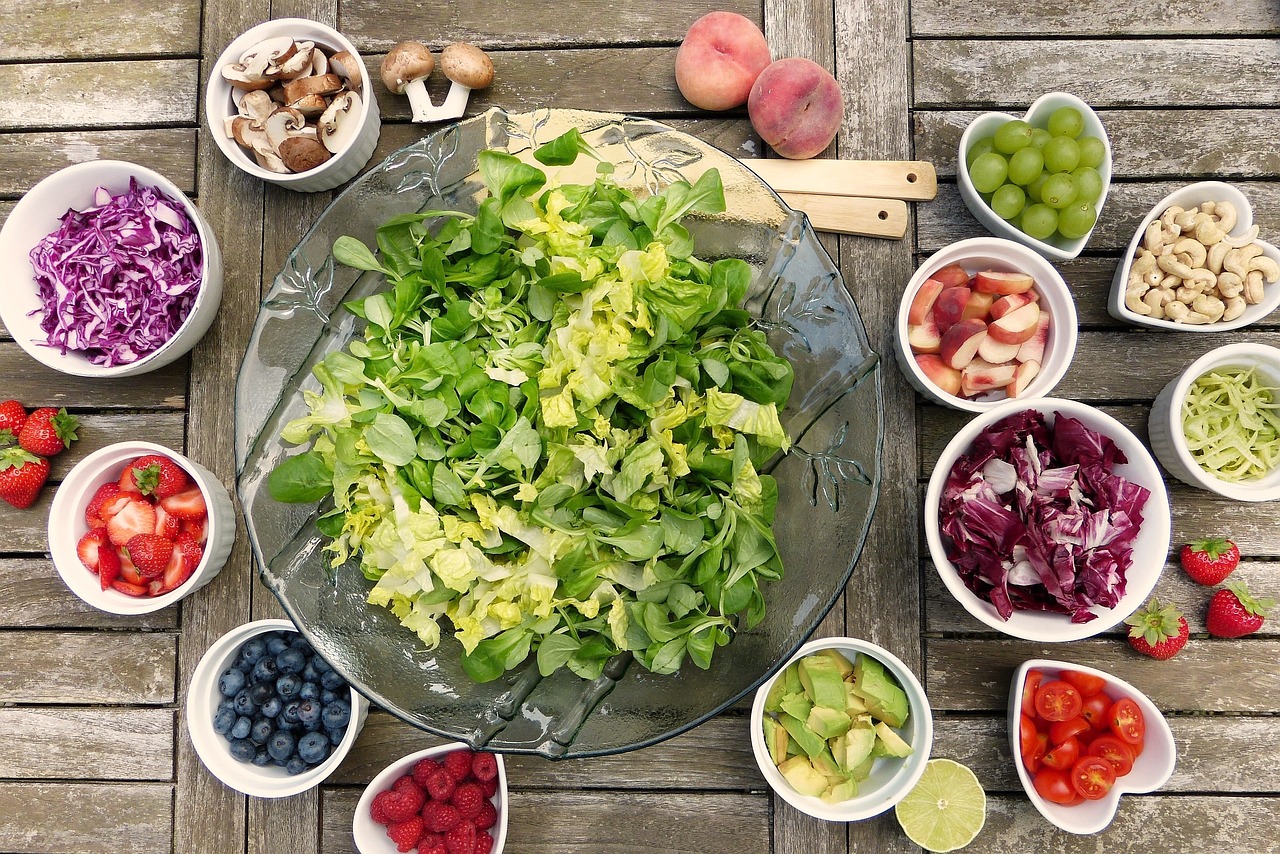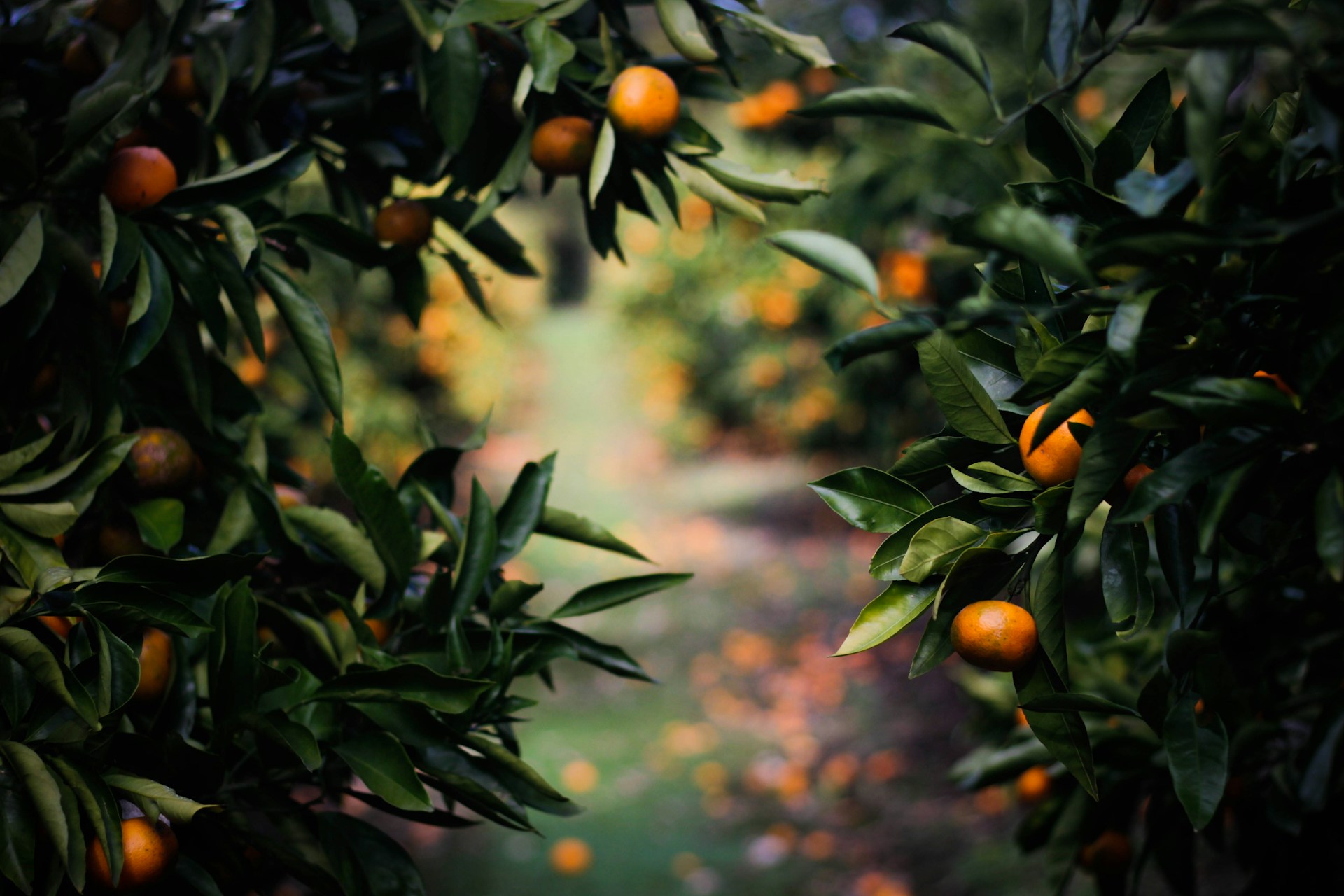
How to Build Your Own Food Forest
Creating a food forest is a rewarding and sustainable way to enjoy nature, provide food, foster biodiversity, and create natural beauty in your backyard. In this guide, we’ll walk through the steps to design and cultivate a food forest, even if you’re a beginner with a basic understanding of gardening.
What Is a Food Forest?
A food forest, also known as a forest garden, is a low-maintenance, sustainable planting model miming a natural ecosystem but featuring plants chosen for human use. It integrates trees, shrubs, perennials, and annual plants to create a functional system that is more productive and sustainable than conventional gardens. The food forest aims to establish a self-regulating ecosystem that produces food, fiber, and other products.
Step 1: Planning and Design
Know Your Environment
The first step is understanding your area’s climate, soil type, and water availability. Use local resources or online tools to determine what plants naturally thrive in your region. Observe your proposed site at different times of the day and year to understand sunlight patterns, wind directions, and water flow.
You can also work with local farms to determine what grows best in your area. These farms know the area and often inform the public on what grows best, when to plant, and how to maintain the garden or food forest.
Choose the Right Location
A food forest can start small; even a few hundred square feet can suffice. Ideal locations have good sunlight, easy access to water, and rich, well-draining soil. If your soil isn’t ideal, consider raised beds or soil amendments.
If you don’t have access to land to start your food forest, you can often find plots for rent at local farms. These plots are typically fenced off and available in various sizes. Contact local farms, like Stoney Creek Farm, and let them help you choose the right location for your food forest.
Design Your Layers
Food forests consist of several layers:
- Canopy layer: also called the over story, this is the tallest trees, usually large fruit or nut trees.
- Sub-canopy layer: also called the understory, consists of smaller trees that often dwarf fruit varieties.
- Shrub layer: berry shrubs and other fruiting bushes.
- Herbaceous layer: culinary and medicinal herbs, annuals, and perennials.
- Ground cover layer: plants that spread horizontally to cover the soil, preventing weed growth and retaining moisture.
- Root layer: the vine layer, where plants grow for their roots, like carrots and potatoes.
- Vertical layer: climbers and vines that grow upwards, like grapes or kiwi.
Some food forests have an eighth layer, the mycelial layer. This is where mushrooms or other edible fungi grow.
Before starting, sketch a rough design of your garden. The design will influence how much maintenance is involved in keeping the food forest. Considerations to help with maintenance include:
- Plants and shrubs that are self-seeding;
- Reducing weeds with thick ground cover;
- Preserve rainwater on the grounds with mounds and ground-shaping
These and other techniques will help create a food forest that comes back year after year and requires little maintenance.
Step 2: Soil Preparation
Healthy soil is the key to a thriving food forest. Start by testing your soil to determine its type and nutrient content, which will guide your amendment needs. Organic matter like compost, manure, and leaf mold can improve soil fertility and texture.
Building the Soil
Incorporate organic matter into your soil by layering materials directly on top, known as sheet mulching. This can include cardboard, compost, straw, and mulch, which decompose over time to nourish the soil.
Step 3: Plant Selection
Choose Native and Site-appropriate Species
Choose native species as they are adapted to your local climate and require less maintenance. Incorporate plants that fulfill multiple functions, such as providing food, fixing nitrogen, attracting pollinators, or creating habitat for beneficial insects.
Pollinators and Pest Control
Include plants that attract pollinators like bees, butterflies, and birds, which are necessary for plant reproduction. Beneficial predator insects can help keep pest populations in check, reducing the need for chemical interventions.
Step 4: Planting
Start with the Largest Elements
Begin by planting your canopy layer trees, followed by sub-canopy and shrubs. This allows your larger plants to establish without competition from faster-growing lower layers.
Integrate Perennials and Annuals
Once your trees and shrubs are set, introduce herbaceous plants, ground covers, and climbers—Intersperse annual vegetables among perennials to maximize yield in the first few years.
Step 5: Water Management
Efficient water use is essential in a food forest. To reduce dependence on municipal water, consider installing a drip irrigation system, using mulches to retain soil moisture, and installing rainwater catchment systems.
You can adapt your food forest site to naturally retain moisture. In addition to creating swales for water retention, you can dig ponds and diversion drains to bring rainwater to the plants.
Step 6: Maintenance and Care
Walk through your food forest regularly to observe changes and address issues early. Pruning, mulching, and occasional replanting may be necessary as your food forest evolves.
As your forest matures, some plants will naturally phase out. Plan for succession by introducing new species that can take over when older plants decline. You will learn which plants thrive in your food forest and which are unproductive in your soil. You may need to amend the soil to improve growth.
Step 7: Harvesting and Using Your Produce
Harvest regularly to encourage more production. Enjoy fresh fruits, nuts, and vegetables, or preserve them through canning, drying, or freezing. Herbs can be dried or used fresh for culinary and medicinal purposes.
Conclusion
Building a food forest is a long-term investment in your land and lifestyle. It requires patience and dedication but yields rewarding benefits, from fresh produce to a resilient ecosystem. Start small, plan thoughtfully, and enjoy the journey toward sustainable abundance.
Stoney Creek Farm has educational classes, blogs, and videos to help you start your garden and advise on creating a food forest. Get in touch for expert guidance and start your journey to sustainable, healthy living.


